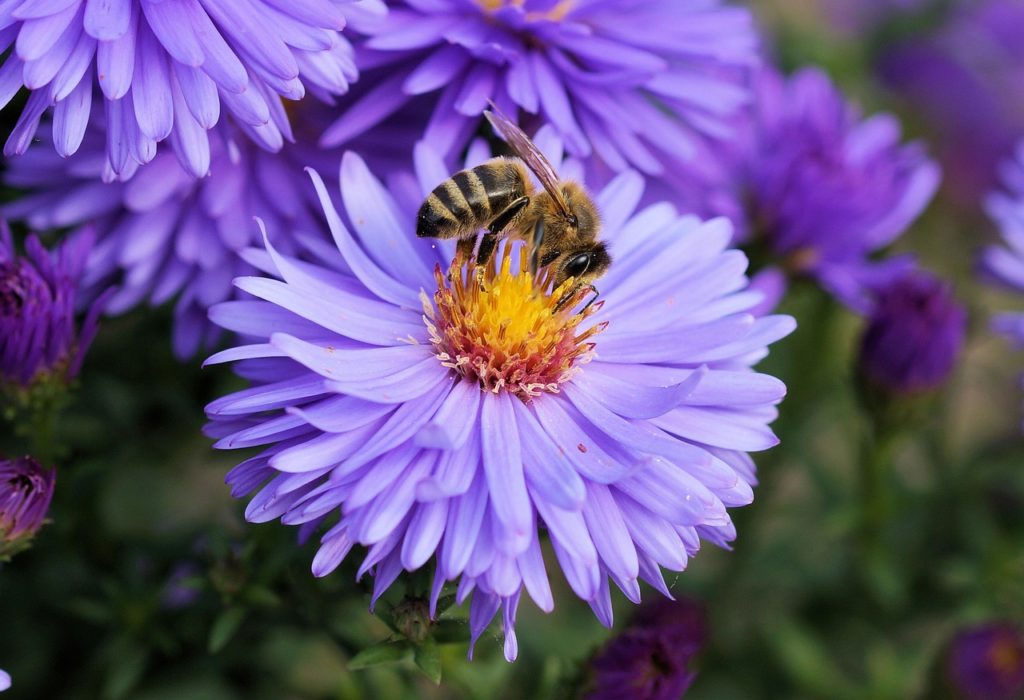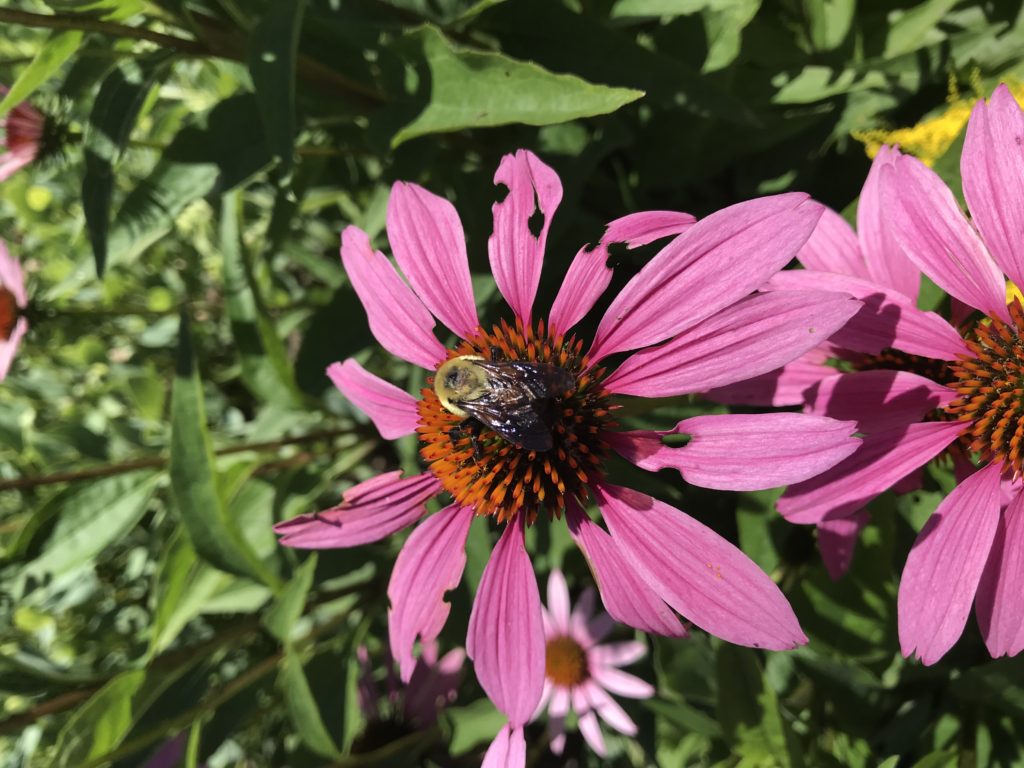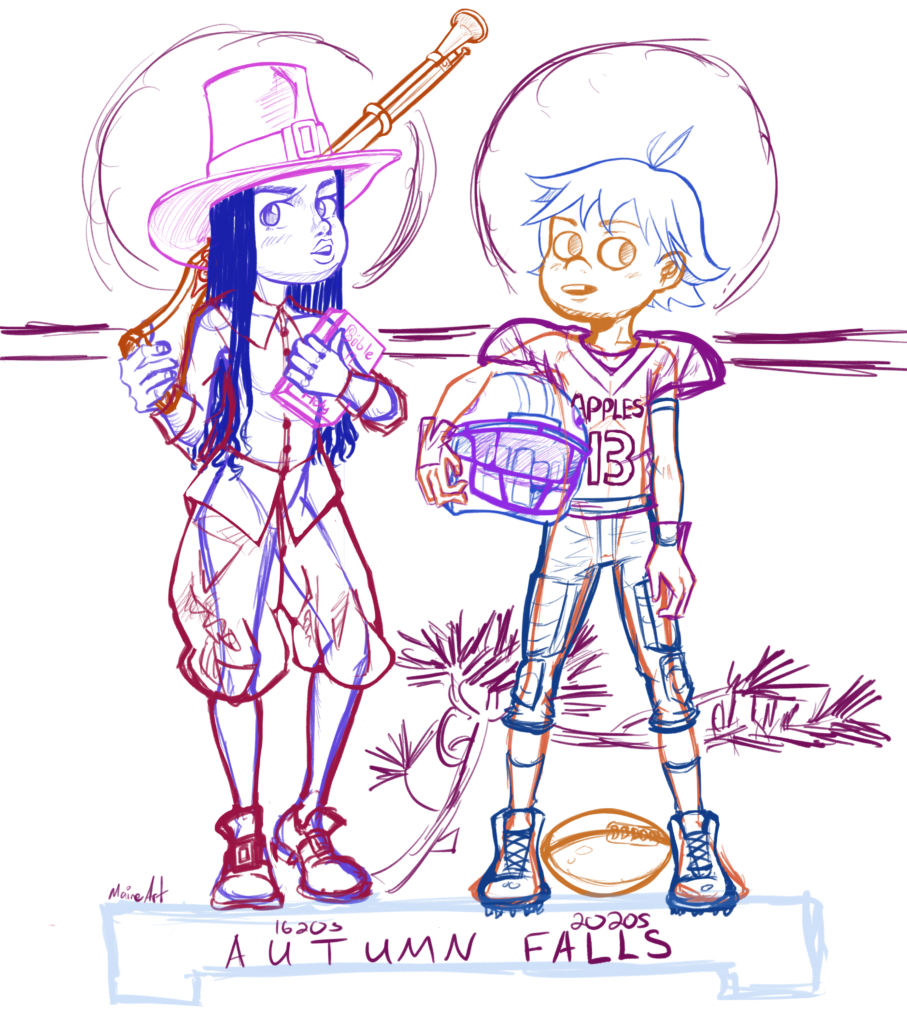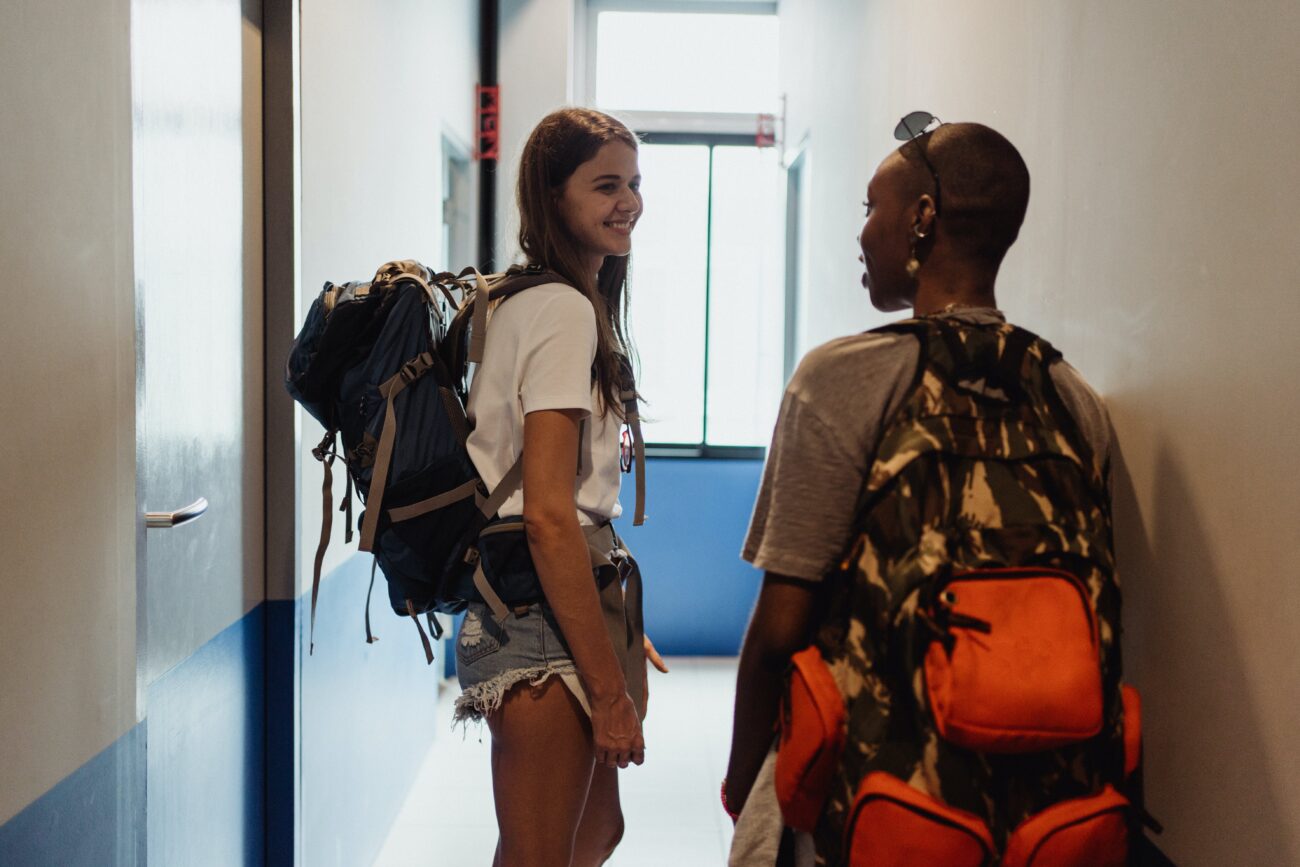Did you know that 35 percent of the world’s food is pollinated by bees? This includes strawberries, cashews, watermelon, tangerines, coconuts, limes, lemons, mangos, and the list goes on and on. With the recent, rapid decline of the bee population, we could soon face a time where we enter a grocery store and are not able to purchase our favorite foods. What are some ways you can help save the bees? Keep reading to find out.
From a TED talk that Marla Spivak gave back in 2013 (Spivak is a professor at the University of Minnesota and has been studying bees since 1975), she states that the bee population has been in a steady decline since World War Two. Before World War Two, there were around four million beehives. Now, there are only about two million bees hives left. Spivak stated that one of the things that we could be doing to help reverse this downward trend in the bee population is to plant flowers.

A Beekeeper Professor
I recently discovered that one of our very own professors here at West Chester University is a beekeeper and doing his part to save the bees. I interviewed Doctor Roger Gatchet, a professor that teaches in the communications department. He focuses on public speaking, communication theory, and rhetorical theory and criticism. When Gatchet was younger he said he always had an interest in gardening and a craving for fresh ingredients for both eating and cooking – this was the start of his love of nature and thus began his passion for bees.
In graduate school, he wished he had a hobby garden where he could plant whatever he wanted. After hearing about the bee populations and that they were in danger, he knew he wanted to help in some way. Since he had some family members that had been beekeepers, he knew he could be up for the challenge and adventure of beekeeping. After watching many, many videos on YouTube and through CCBA (Chester County Beekeepers Association), Gatchet decided to start a hive of his own.
https://chescobees.clubexpress.com/content.aspx?sl=1214197856

After starting his own hive, Gatchet has a few recommendations for people who want to help save the bees. Number one is to not use pesticides on your lawns or in your gardens. Pesticides can kill the bees that try and collect the pollen from the flowers that have come in contact with the pesticide. Secondly, Gatchet recommends that everyone plant bee-friendly flowers and shrubs. Some of those flowers include lavender, sage, thyme, mint, English daisy, Lilly of the valley, cosmos, zinnias and many more. Having more bee-friendly flowers and shrubs will help ensure that the bees have a plentiful and safe place to collect pollen.

Celebrities Doing Their Part
Even some celebrities are catching on and doing their part to save the bees. Actor Morgan Freeman for example has made his 124-acre ranch in Mississippi a sanctuary for the bees by planting acres and acres of wildflowers. Lastly, Gatchet suggests that another way to help the bees is by supporting your local beekeepers. An easy way to do this is to go to local farmer’s markets or roadside farm stands. You can also purchase honey and other honey products ( honeycomb, beeswax candles, etc). The closest farmer’s market to West Chester University is the West Chester Growers Market. Which is now open 1st, 3rd and 5th Saturdays from 10am to noon January through April. And every Saturday 9am- 1pm in May through December.

Get out of the house with some of your family and friends and visit your local farmer’s market. Help plant your favorite bee-friendly flowers and shrubs! Finally, stop using pesticides so that we can all do our part in saving the bees!









